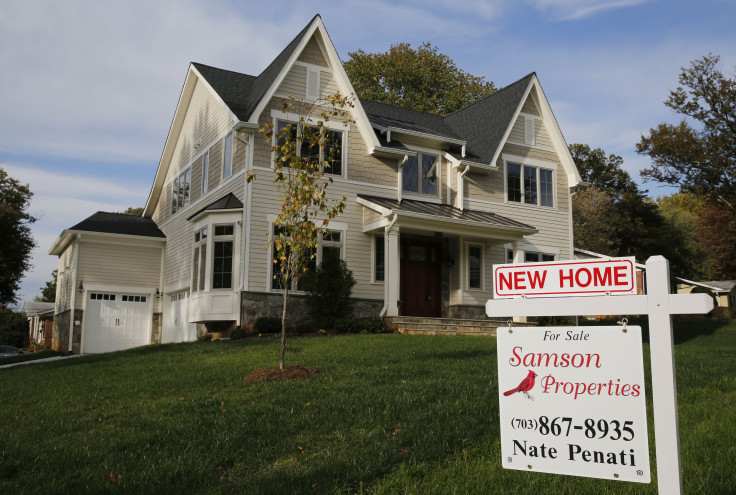Who Owns A Home In America? Black People Will Buy More Homes Over Next Decade, But Whites Still Hold More Property Wealth

Wells Fargo & Co. announced this week it would earmark $60 billion to lend to at least 250,000 black homeowners over the next decade. It will also devote $15 million toward financial education and counseling to ensure prospective homeowners know what they are getting into.
“Wells Fargo’s $60 billion lending goal can contribute to economic growth by making responsible homeownership possible for more African-Americans in communities across the country,” said Brad Blackwell, executive vice president and head of housing policy and homeownership growth strategies for Wells Fargo. “We are proud to be the first mortgage lender to make a public commitment to help increase African-American homeownership. And, we are grateful for the support of key housing and civil rights organizations, who work alongside us to increase economic prosperity in our communities.”
African-Americans are expected to represent 17 percent of all new households by 2024, when 14 million people are projected to become homeowners. These days, however, whites are the nation's most likely homeowners. About 72 of whites are homeowners, compared with 57 percent of ASians and 41 percent of African-Americans. Roughly 46.3 percent of Hispanics own homes. In all, more than 60 percent of Americans who homes. People over the age of 65 are most likely to own homes, while people under the age of 35 are the smallest group of homeowners, according to U.S. Census data.
The mortgage market has been somewhat in a standstill as aging millennials continue to struggle to leave their parents' home and buy land, said Ralph McLaughlin, chief economist for data provider Trulia. "Low inventory and affordability plagues those who do want to buy a home," he told Bloomberg.
The average homeowner spends $1,436 per month in housing costs, including their mortgage. Only 32 percent of homeowners are living mortgage free. They spend about $439 per month on housing. Renters, meanwhile, spend roughly $905 in rent but have nothing to show for it.
© Copyright IBTimes 2025. All rights reserved.






















